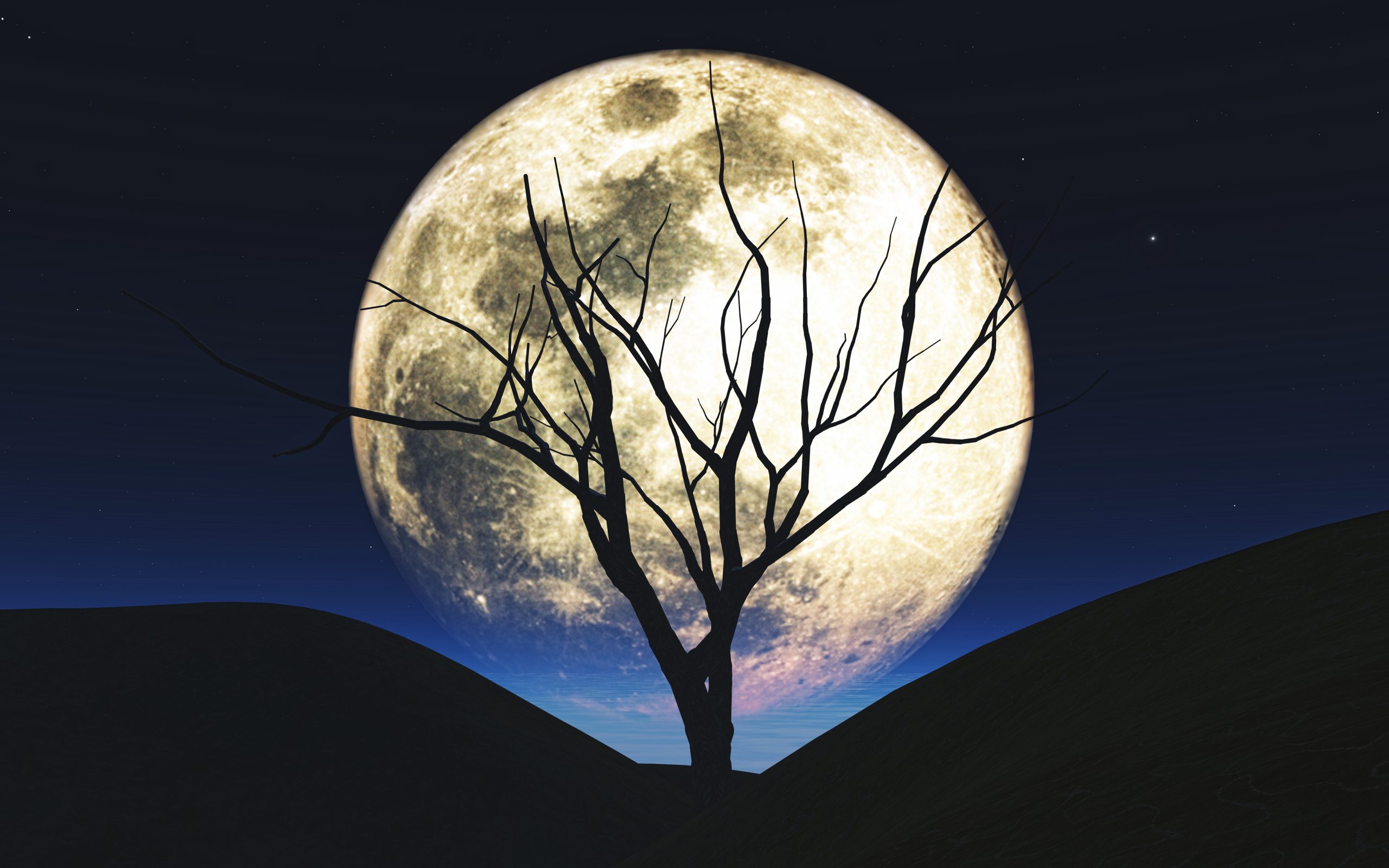

People have long believed that a full moon in the sky might bring about strange transformations in people. Psychiatrists at Indiana University School of Medicine have discovered that the full moon is when more suicide rates increase.
“We wanted to analyze the hypothesis that suicides are increased during the period around full moons and determine if high-risk patients should be followed more closely during those times,” said Alexander Niculescu, MD, Ph.D.
Niculescu and his team examined information on suicides that occurred between 2012 and 2016 from the Marion County Coroner’s Office in Indiana. They discovered that suicide deaths climbed considerably the week after the full moon, and those over the age of 55 showed an even greater rise. They also considered the time of day and the months when suicides occurred, determining that three to four in the afternoon and the month of September were the top times.
Discover Mental Health just released the team’s research.
“From a clinical perspective and a public health perspective, we found some important take-home messages in this study,” Niculescu said. “High-risk patients should possibly be followed more closely the week of the full moon, during late afternoons, and perhaps the month of September.”
Blood biomarker assays for pain, anxiety, sadness, and post-traumatic stress disorder was previously created by Niculescu and his team. The group was able to determine which biomarkers were present using blood samples that had previously been collected by the coroner from some of the individuals.
“We tested a list of top blood biomarkers for suicidality that we identified in previous studies,” Niculescu said. “The biomarkers for suicidality that are predictive of death by suicide during the full moon, peak hour of the day, and peak month of the year compared to outside of those periods appear to be genes that regulate the body’s own internal clock, so-called ‘circadian clock.’ Using the biomarkers, we also found people with alcohol-use disorder or depression may be at higher risk during these time periods.”
Niculescu suggested that the spike in suicides during that time may be caused by the increased light from the full moon. The circadian rhythm, a 24-hour cycle that our bodies naturally follow to control when we are awake and asleep, is greatly influenced by ambient light. People may be affected by moonlight when it should be darker.
“The effect of ambient light and body clocks in suicide needs to be studied more closely, along with how people sleep and their exposure to light,” Niculescu said. “Changes in light can affect vulnerable people, in conjunction with other risk factors.”
Regarding the other two peak times for suicides, Niculescu suggested that the peak between 3 and 4 p.m. could be attributed to stresses present throughout the day as well as the day’s beginning reduction in light, which results in a decreased expression of circadian clock genes and cortisol. A lot of individuals are also coming to the end of their summer vacations in September, which can be stressful and have effects similar to those of seasonal affective disorder due to shorter days.
“Our work shows the full moon, fall season and late afternoon are temporal windows of increased risk for suicide, particularly in individuals who suffer from depression or alcohol use disorders,” Niculescu said. In the future, Niculescu hopes to study if exposure to screens at night contributes to increased suicidality in people, especially younger people. “Some people have a full moon in their hand every night,” Niculescu said. “It’s an area we absolutely need to study further.”
more recommended stories
 Brain’s Biological Age Emerges as Key Health Risk Indicator
Brain’s Biological Age Emerges as Key Health Risk IndicatorClinical Significance of Brain Age in.
 Children’s Health in the United States is Declining!
Children’s Health in the United States is Declining!Summary: A comprehensive analysis of U.S..
 Autoimmune Disorders: ADA2 as a Therapeutic Target
Autoimmune Disorders: ADA2 as a Therapeutic TargetAdenosine deaminase 2 (ADA2) has emerged.
 Is Prediabetes Reversible through Exercise?
Is Prediabetes Reversible through Exercise?150 Minutes of Weekly Exercise May.
 New Blood Cancer Model Unveils Drug Resistance
New Blood Cancer Model Unveils Drug ResistanceNew Lab Model Reveals Gene Mutation.
 Healthy Habits Slash Diverticulitis Risk in Half: Clinical Insights
Healthy Habits Slash Diverticulitis Risk in Half: Clinical InsightsHealthy Habits Slash Diverticulitis Risk in.
 Caffeine and SIDS: A New Prevention Theory
Caffeine and SIDS: A New Prevention TheoryFor the first time in decades,.
 Microbial Metabolites Reveal Health Insights
Microbial Metabolites Reveal Health InsightsThe human body is not just.
 Reelin and Cocaine Addiction: A Breakthrough Study
Reelin and Cocaine Addiction: A Breakthrough StudyA groundbreaking study from the University.
 Preeclampsia and Stroke Risk: Long-Term Effects
Preeclampsia and Stroke Risk: Long-Term EffectsPreeclampsia (PE) – a hypertensive disorder.

Leave a Comment